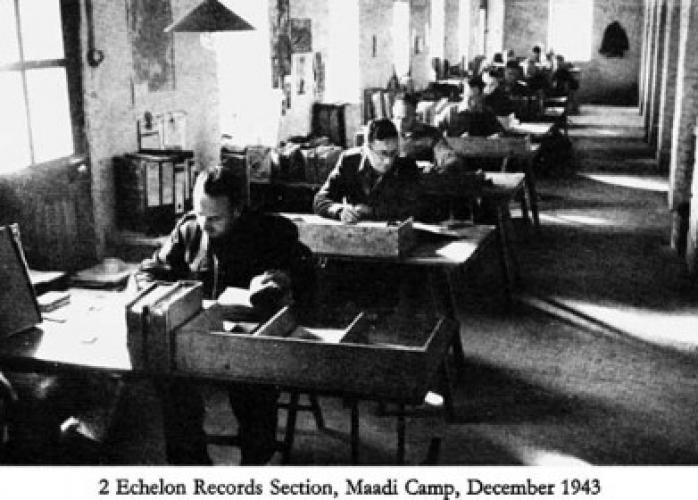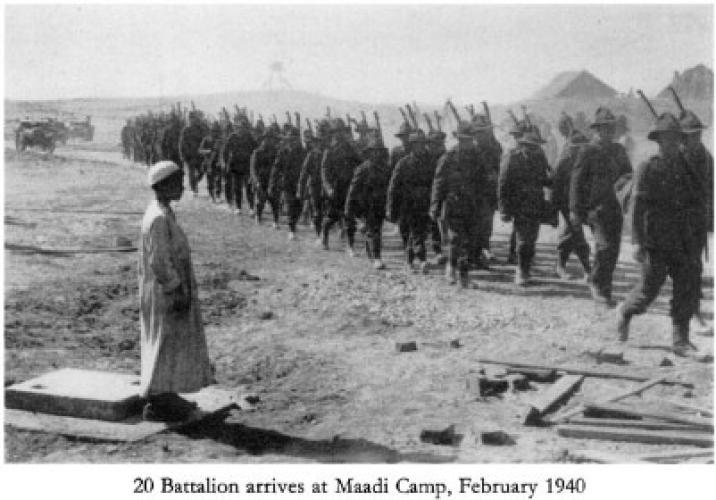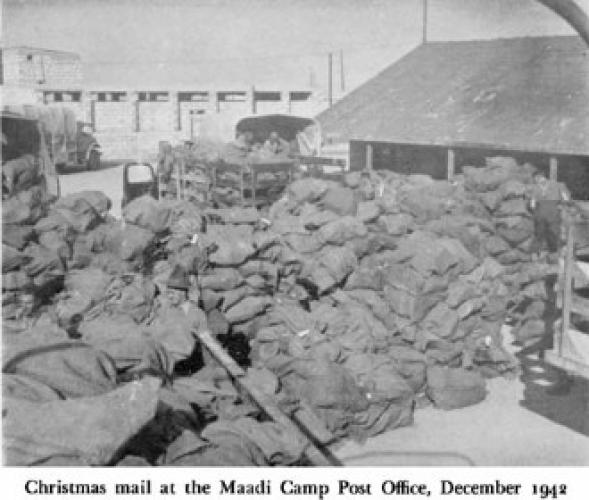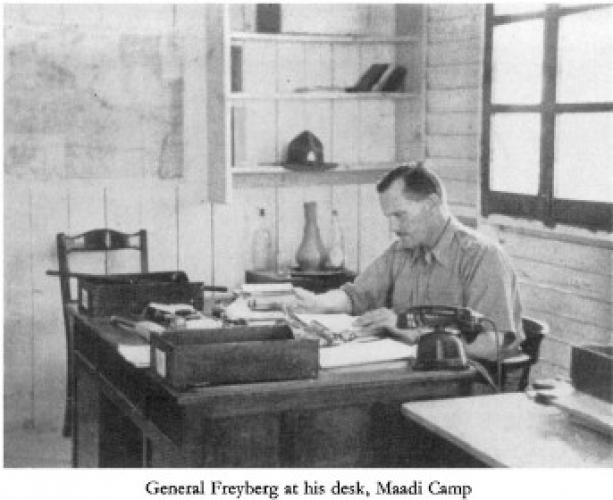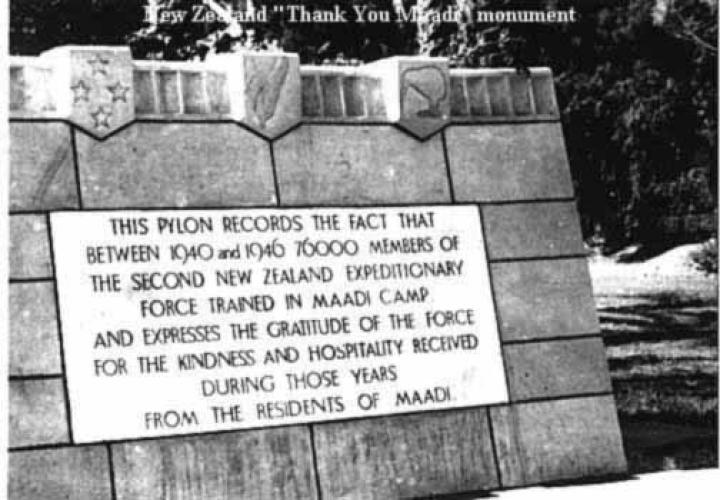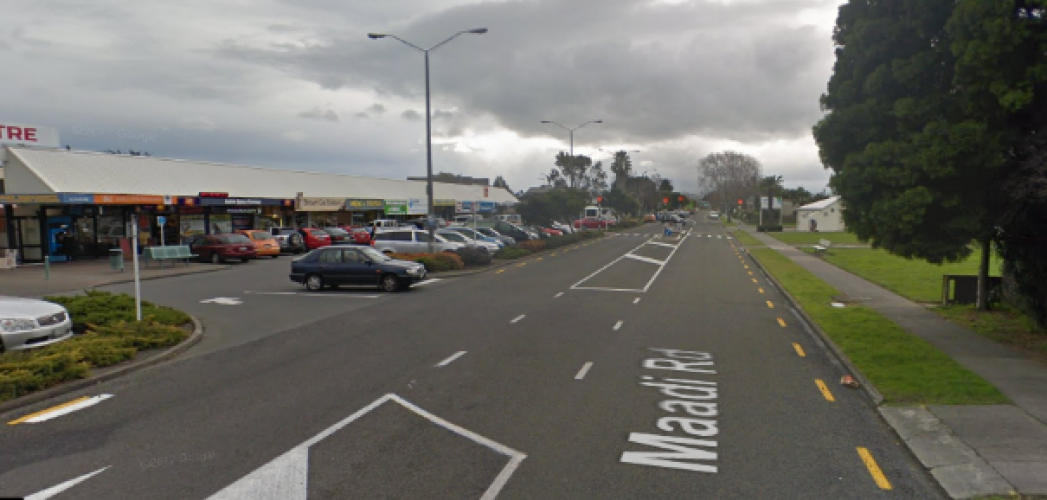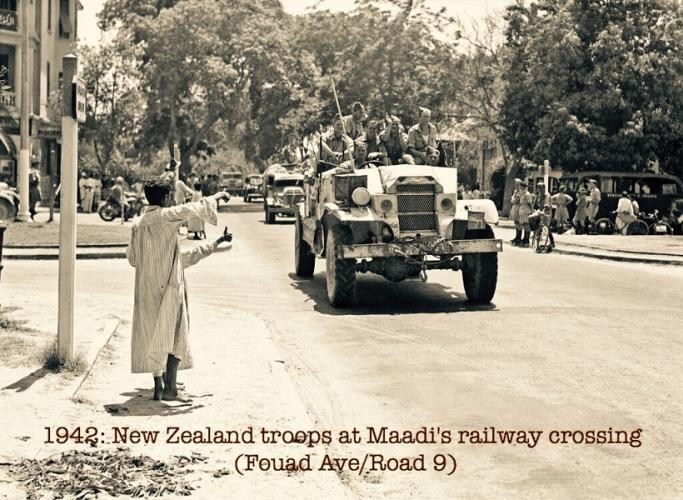218 Maadi Road Napier, street scene 2018
Reason for the name
Maadi Place was named after the World War Two Maadi Military Camp in Egypt. The Maadi Camp was 14 km south of Cairo and in 1940 was laid out for the Second New Zealand Expeditionary Force.
It was stated that 76,000 members of the Second New Zealand Expeditionary Force trained at a camp near Maadi. Napier City Council has named many streets in Onekawa in honour of our overseas service. Many of the returned servicemen and women from World War 2 could relate to the name Maadi.
Author: The Poppy Places Trust
Maadi today stands on the site of a town that has turned out to be a significant predynastic, Ancient Egyptian archaeological site, founded ca. 3500 B.C. Building activity in the area has destroyed some archaeologically sensitive places.
Maadi traces its modern history to 1904, when the railway between Cairo to the north and Helwan to the south was built. This, in combination with land speculation by the Mosseri cousins and city planning by Alexander Adams, gave rise to a new town. Construction was originally limited to the area adjacent to the railway, but eventually spread west to the Nile. Also, a large British army camp was built east of the railway.
The town planning was done in 1905 by a Canadian retired officer Captain Alexander J. Adams. His vision led to the wide boulevards and large villas still seen in Maadi today. There were very strict rules associated with residential development in Maadi with regards to the size of houses, how much of the property could be occupied by the house and how much had to be left for the garden, and the size of the sidewalks. Even window shutters had prescribed colours. Other regulations included wireless radio noise control after 22:00 and fines for not maintaining gardens properly.
Second World War
During the period between 1940 and 1946, Maadi had an important role in the Military history of New Zealand during World War II; around 76,000 members of the 2 NZEF (Second New Zealand Expeditionary Force) main body trained at a camp near Maadi at the base of the desert slopes of Wadi Degla and Tel al-Maadi. During that time this area belonged to the Delta Land Company which created Maadi in 1907. The rocky plateau was leased to the New Zealand Forces, and for the next six years became New Zealand's main overseas base.
A British interrogation centre was also located in Maadi. In July 1942, at the height of the Western Desert Campaign, two German spies revealed under questioning that they had been using a copy of Daphne du Maurier's Rebecca, found among their possessions, as a codebook for secret, coded radio transmissions. Their equipment, stored on a houseboat on the River Nile, had been examined by a young signals officer from the Egyptian army, future president Anwar Sadat.
A good description of Maadi Camp comes from the history of the 18th NZ Battalion (http://nzetc.victoria.ac.nz/tm/scholarly/tei-WH2-18Ba-c3.html)
The spot where I8 Battalion found itself was literally on the edge of the desert. On one side of the railway were trees, green and cool; on the other side was hard, glaring desert. Towards the desert the battalion now marched, led by the pipe band of the Highland Light Infantry. This band had been waiting for the battalion at the stopping place, and it came as a pleasant surprise to find it there, like meeting a friend in a strange land. The march to camp was almost exhilarating after the monotony of the train, even though the road was covered with coarse metal and the men were laden with all their gear. Up a gentle slope and out into the desert a couple of miles; then before them lay Maadi Camp, journey's end, and a reunion with the advance party.
This advance party of 110 New Zealanders, including two officers and six others from I8 Battalion, had left New Zealand at short notice on 11 December. Its destination had been a dark secret; the rest of the battalion knew it had gone, but only rumour could say where. Anyway, here it was. It had arrived in Egypt, via Australia, on 8 January, and half its number had at once been sent off on courses of various kinds, while the rest had been taken to this desert waste outside Maadi and told to prepare a camp. Not on their own, of course. An Indian sapper unit helped to lay a water-pipe system to the camp site, and permanent orderly rooms, offices, cookhouses, shower rooms, wash benches and latrines were built by a horde of Egyptian labourers. A few days before the main body arrived, detachments from British regiments put up tents and mess marquees for them—for 18 Battalion the job was done by men from the Highland Light Infantry.
Later reinforcement drafts would have found it difficult to recognise the Maadi into which the battalion marched. The camp occupied only a corner of the huge area over which it later spread. The tents were in tight rows, neatly laid out, with the officers' lines at the end and company orderly rooms at the side. The water system didn't function for some days after the New Zealanders arrived—at first it had to be brought in water carts. Eighteenth Battalion had a half-finished NAAFI canteen which was completed about a fortnight later; it included a wet canteen. There was no lack of accommodation—six to a tent, which is quite comfortable. Low plank beds a few inches off the floor helped to keep the sand out of the blankets. There were kerosene lanterns in the tents.
The camp was situated on gently undulating sand slopes, with here and there a steep rocky outcrop. It wasn't very high up, but from it you could see a long way—to the east the desert stretching away for miles up Wadi Digla, with unlimited room for route marches and manoeuvres; to the north the long ridge of the Mokattam Hills, with the Cairo citadel visible at the left-hand end, and below it, unseen, the teeming streets of Cairo; to the west the trees of Maadi village sloping down to the Nile, and beyond it more sand, with the Pyramids of Gizeh dim on the skyline. For over six months, and again for long periods later, this was to be 18 Battalion's home.

